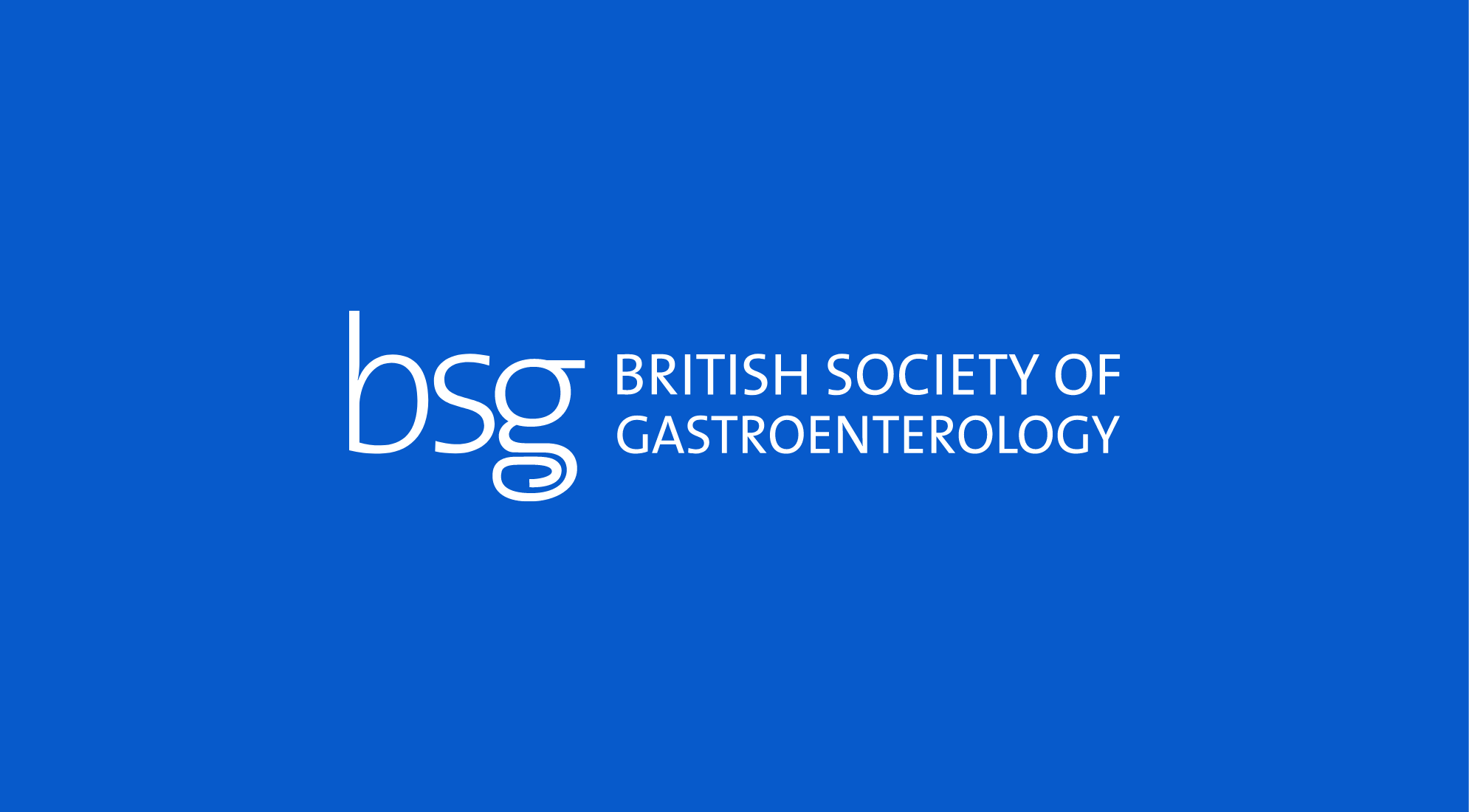Introduction
Hydrogen and methane gases are not produced by the human body directly but both are produced as a bi-product of microbial fermentation of undigested food within the gut. A proportion of the produced gas passes through the gut wall into the blood and is then excreted via the lungs. Detection of these gases in samples of excreted breath is possible using various techniques and this forms the basis of hydrogen and methane breath testing (HMBT). HMBT is used as a diagnostic tool to detect small intestinal bacterial overgrowth (SIBO) and carbohydrate malabsorption (CM). Despite HMBT being a well-established diagnostic test (1) it is performed by a broad range of healthcare professionals using various methodologies and the interpretation of the results is inconsistent between centres. This has led to some controversy about the use and interpretation of breath testing in the UK (2, 3). A similar situation was apparent in the North America and to address this a panel of expert Gastroenterologists from the region reviewed the scientific literature and developed a consensus document based on best evidence to try and standardise HMBT methods and, to an extent, interpretation (4). Following publication of this North American consensus statement, The Association of Gastrointestinal Physiology (AGIP) committee of the British Society of Gastroenterology has reviewed the scientific evidence and proposed the following ’Standardised Testing Protocol’ which should act as a starting point to standardise how HMBT is performed in the UK. Once technical standardisation is adopted, this will allow acquired data to be directly comparable across UK HMBT testing centres. This will represent a considerable advancement in the area of HMBT testing, bringing it in line with other modalities of commonly used GI physiological tests. Once data are obtained in a standardised manner, objective outcomes data can be used to further assess the clinical utility of these techniques.
Read More

